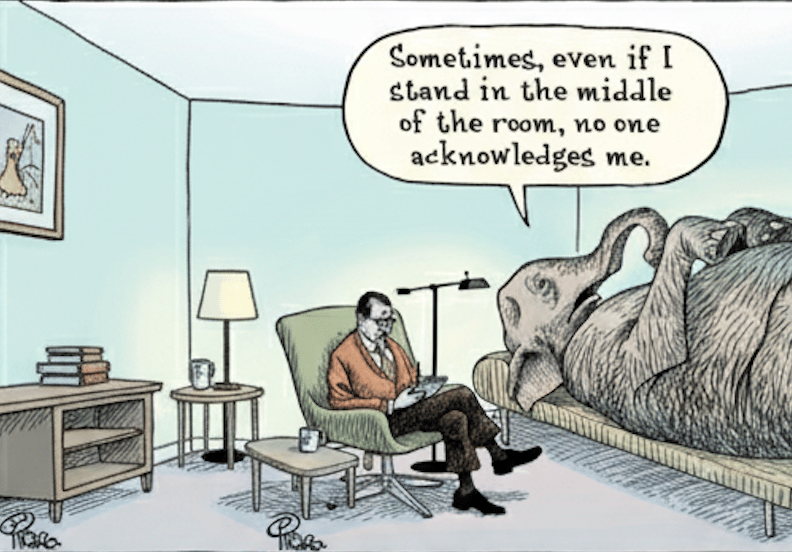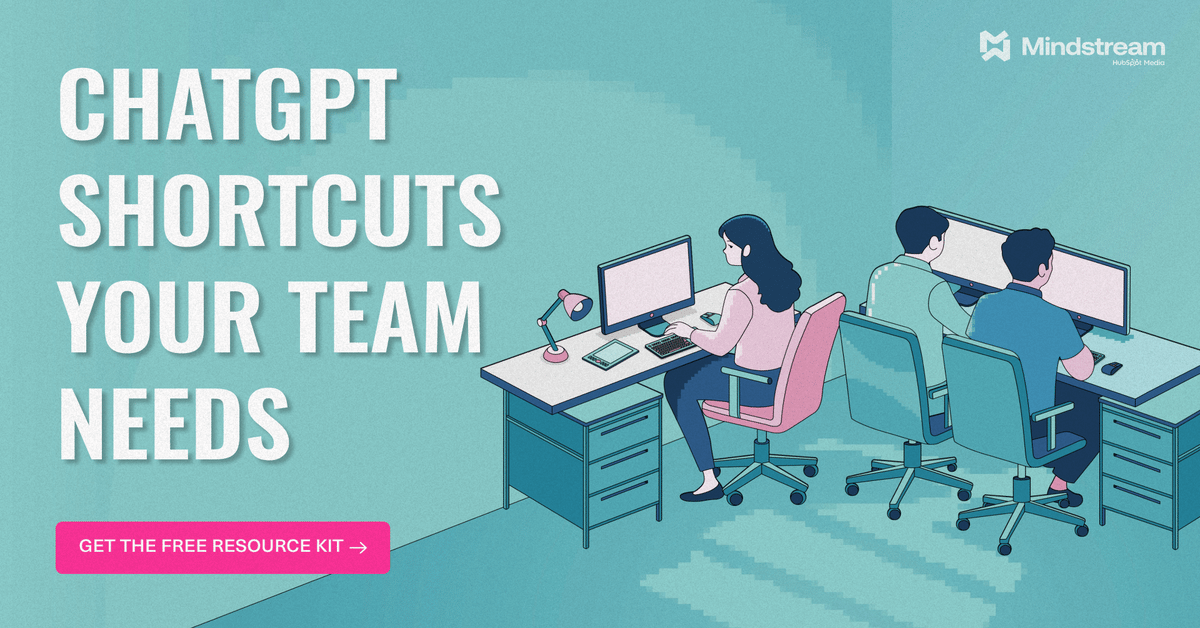- Pulse of Change
- Posts
- 🦋 Your Biggest Risk Is the Conversation You Refuse to Have
🦋 Your Biggest Risk Is the Conversation You Refuse to Have
A simple tool to name the elephant in the room without blowing things up
A few years ago, I sat in on a critical strategy meeting for a partner organization I was advising. The CEO, let's call him Marcus, was presenting a restructuring plan. It was a high-stakes moment.
As Marcus spoke, I watched the room. The signs were subtle but undeniable. When he mentioned "efficiency," the CFO looked down at her notepad and didn't look up for two minutes. When he mentioned "new reporting lines," the Head of Coms shifted her chair away from the table, literally distancing herself from the idea.
The room was silent. On the surface, it looked like an agreement. From the "balcony" (the concept we discussed last time), it looked like a disaster waiting to happen.
The meeting ended. Marcus asked, "Any questions?" Silence. "Great," he said. "Let's execute."
Three months later, the plan imploded. The CFO hadn’t allocated the budget, and the Head of Coms hadn't briefed her team. Why? Because they never actually agreed.
Marcus had failed to read the room, but more importantly, I had failed to intervene. I saw the "elephant in the room"—the unspoken disagreement—but I didn't name it. I treated my observation as interesting data rather than a call to action.
In the previous issue we talked about the skill of reading the room. But observation without action often is just like watching a car crash in slow motion.
Today, we move to the next level of group dynamics: The Art of the Intervention.
🐘 The Gap Between Seeing and Saying
Most leaders struggle with this transition. You notice the energy drop, or you see the crossed arms, but you freeze. A voice in your head says:
"What if I'm wrong?"
"I don't want to be the one to make things awkward."
"Maybe they're just tired."
So, we let the moment pass. We choose short-term comfort over long-term clarity and resolution.
But here is the truth about group dynamics: The tension is already there. You aren’t creating it by speaking about it; you are releasing it. By naming the elephant, you stop it from trampling the meeting.
The most important thing in communication is hearing what isn't said.
🛠 How to Intervene Without Being Confrontational
You don't need to be aggressive to shift the dynamic. You just need to hold up a mirror to the group.
The goal of an intervention isn't to accuse people ("You look angry"); it is to offer data to the group so they can self-correct.
Here is a framework of Three Levels of Intervention, ranging from low-risk to high-risk.
Level 1: The "Data" Intervention (Lowest Risk)
This is the safest way to start. You simply state undeniable, observable facts without interpreting them. You are just a camera recording the room.
What to say: "I notice that since we started discussing the budget, the conversation has stopped, and we’ve been silent for about a minute."
Why it works: You aren't accusing anyone of being mad. You are asking the group to explain the silence.
Level 2: The "Feeling" Intervention (Medium Risk)
Here, you own your own experience. You use yourself as an instrument to gauge the room. If you feel confused, bored, or tense, chances are others do too.
What to say: "I'm feeling a bit of heaviness in the room right now, and I'm wondering if anyone else is feeling that, or if it's just me?"
Why it works: By owning the feeling ("I am feeling..."), you make it safe for others to agree without putting them on the spot.
Level 3: The "Hypothesis" Intervention (High Risk - High Reward)
This is where you test a specific guess about what is happening under the surface (the "tacit" conversation).
What to say: "I’m getting the sense that while we are all nodding 'yes' to this plan, there might be some hesitation about how we’re actually going to staff it. Am I off base?"
Why it works: You are saying the thing everyone is thinking but afraid to say. Even if you are wrong, people will usually correct you with the truth: "No, it's not the staffing, it's the timeline." Either way, you uncover the truth.

💡 The "Check-In" Rule
Effective intervention requires a shift in mindset. You have to stop viewing meetings as a place to distribute information and start viewing them as a place to manage energy.
When the energy (Relationship Stream) contradicts the words (Task Stream), the energy always wins. If you ignore the heavy silence, the strategy you build on top of it will crumble—just like Marcus’s restructuring plan.
✅ Action Item: Choose Your Challenge
Intervening in a live meeting creates vulnerability. It feels awkward because we aren't used to talking about how we are talking.
So, for this week, I don't want to force you into the deep end. I want you to pick the level of practice that fits your current comfort level.
Choose ONE of these 3 challenges for your next meeting:
🟢 Level 1: The Observer's Pause (The "Mental" Rep)
The Challenge: You don't speak. You just practice the thinking.
How to do it: In your next meeting, identify a moment where the energy shifts. Mentally prepare what you would say if you were going to use a Level 1 "Data" Intervention. Don't say it aloud, just practice forming the specific sentence in your mind.
Why start here: This builds the neural pathway without the social risk.
🟡 Level 2: The Post-Meeting Check (The "Safe" Rep)
The Challenge: Validate your observation, but do it one-on-one.
How to do it: During a meeting, note a moment of tension. After the meeting ends, find a trusted colleague who was also there and ask: "Hey, during the discussion about [topic], I felt the energy drop. Did you catch that too, or was I imagining it?"
Why start here: You get to test your "reading the room" skills and build confidence for next time.
🔴 Level 3: The Live Intervention (The "Brave" Rep)
The Challenge: Interrupt the pattern in real-time.
How to do it: In your next meeting that lasts longer than 30 minutes, wait for the halfway mark or a moment of silence. Then, use this Level 1 Script:
"I want to pause for a second. We’ve been going through this content pretty fast. How is everyone feeling about the pace and the direction so far?"
Why start here: Shoulders will drop. People will lean in. The real conversation will start.
Your team doesn't need your silence to keep them comfortable; they need your voice to help them grow. The moment you feel the hesitation to speak is the exact moment your leadership is needed most ✊
P.S. Next week, I’m going to teach you the "4 Voices" framework. It’s a diagnostic tool that tells you exactly which role you need to play to unlock a stuck team. Look out for it!
How did we do? |
Master ChatGPT for Work Success
ChatGPT is revolutionizing how we work, but most people barely scratch the surface. Subscribe to Mindstream for free and unlock 5 essential resources including templates, workflows, and expert strategies for 2025. Whether you're writing emails, analyzing data, or streamlining tasks, this bundle shows you exactly how to save hours every week.


Reply